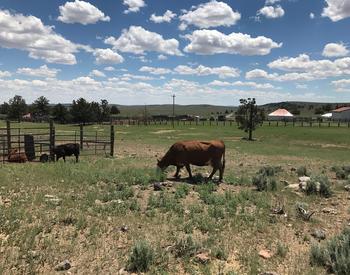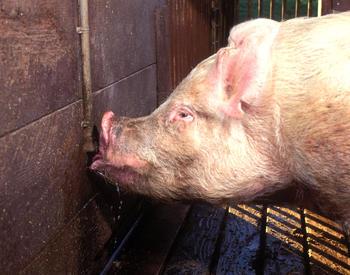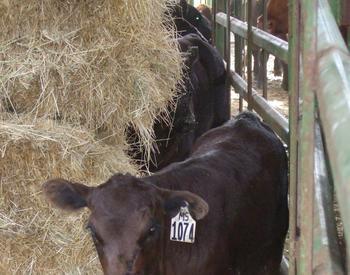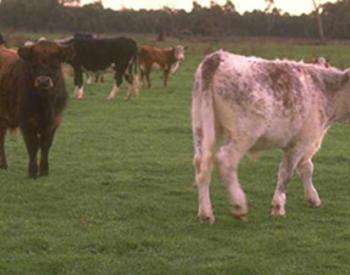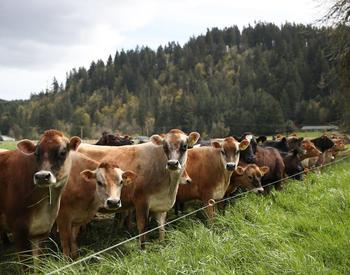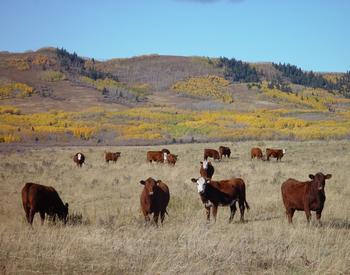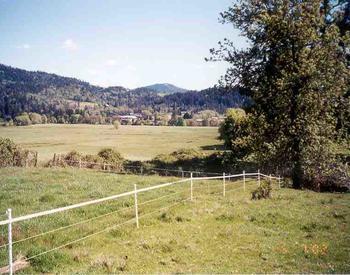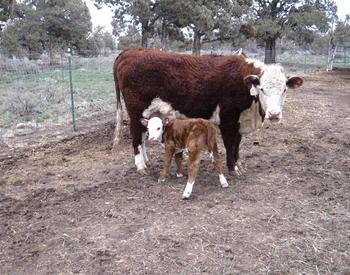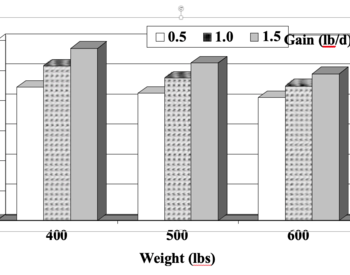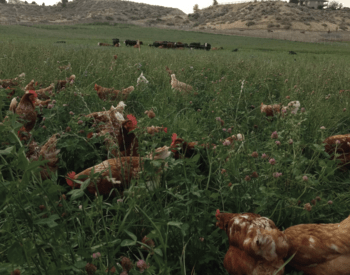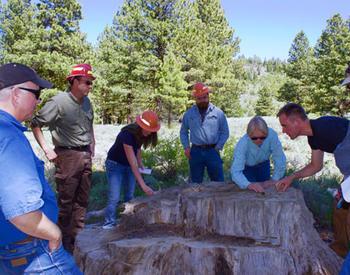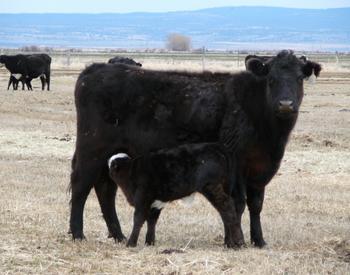Transcript
Hi, and welcome to Oregon's Outback.
Today, we're going to be talking about when
and where to rangeland monitor.
This topic will highlight sustainable rangeland beef
production practices that are socially diligent,
environmentally responsible, and also economically viable.
Dustin, would you highlight when and where beef producers should
monitor their rangelands?
Sure, Sergio.
But first maybe I should just talk a little bit
about what rangeland monitoring is.
So "rangeland monitoring" refers to documenting
how conditions of your land and/or your vegetation are
changing in response to the environment and the management
that you're applying.
It involves periodically evaluating the change
in those conditions, relative to your management objectives.
And rangeland monitoring really does not
need to be complicated or time-consuming.
In fact, some monitoring tools such as periodically taking
photos in the scene in a consistent manner,
of the same location, at the same time of year,
can provide valuable information,
in order to document changes in vegetation and the land
that you're managing.
Photo points can be easily established on most rangelands.
They can help identify trends in vegetation and other resource
conditions that could be used to document changes in response
to the environment and the management
that you're applying.
They require no specialized training
and can stand alone or be supplemented with more
quantitative information.
And, perhaps most importantly, photo points
and photo monitoring can be used to determine if management
objectives are being met.
Therefore, it is important for you
to select an appropriate photo monitoring location and time
frame that will provide you information
that you can use for evaluating your management objectives.
You should choose where to focus your monitoring efforts.
Since you can't monitor what's happening on every acre of land
that you're managing, select sites
that will be representative of what
is happening on the management area, such as a pasture
or an allotment as a whole.
Repeat photo monitoring is often used to document trends
in the land and/or vegetation, so
try to pick sites that have the potential
to show change over time.
Avoid selecting sites for photo monitoring where livestock
tend to concentrate, such as around watering
locations or salting areas, or sites where cattle never
go in the pasture, such as those parts
of the pasture that aren't serviced by water
or are much less likely to be grazed because of terrain
features.
As you might imagine, photo monitoring more sites
in a pasture is better.
But be sure not to bite off more than you
can commit to accomplishing consistently over time.
In addition to selecting the location for photo monitoring,
another important consideration is deciding
when to take the photos.
This decision will depend largely on the objectives
that you have for the monitoring program.
For example, if you're monitoring a riparian area,
maybe you want to take photos of the area
immediately before grazing, immediately after grazing,
and again at the end of the growing season, every year,
to determine the amount of regrowth that
occurred in riparian plants.
Or perhaps you're monitoring in upland pasture
and you're interested in documenting longer-term trends
in the vegetation, for which you might want to take photos
of the site every other year, or maybe
even less frequently, again, depending on your objectives.
In either case, it's important to be as consistent
as possible with the time of year you take the photos.
Now, every year is a little bit different,
so I don't necessarily like to key
in on a calendar date as much the stage of growth
of the vegetation that I'm monitoring.
For example, a good time to conduct photo monitoring
for trend on a sagebrush-bunchgrass rangeland
is when the bunchgrasses are done growing for the year
and have seeded out.
Now, no worries, however, if your timing is a little bit
off in a given year.
You'll still have the photos, and they'll still provide you
with valuable documentation of how the rangeland might
be changing over time.
Now, photo monitoring can be an extremely useful tool
in your rangeland management program.
Just remember the location and time frame for monitoring
are key factors to consider when beginning your monitoring
efforts.
With this understanding, you'll be
ready to establish an effective photo-monitoring
program on the land you manage that you
can use to support and document your rangeland management
decisions.
If you have any questions about where to monitor your range
and when to monitor your range, contact
your local rangeland extension agent,
and they'll be able to help you out.
Until then, we'll see you out on the range.
It is important for you to select an appropriate photo monitoring location and timeframe that will provide you information that will be useful for evaluating your management objectives. In this video, you will learn where to establish photo monitoring sites on different types of pastures, as well as when to photo monitor those pastures to provide you the best information possible.
